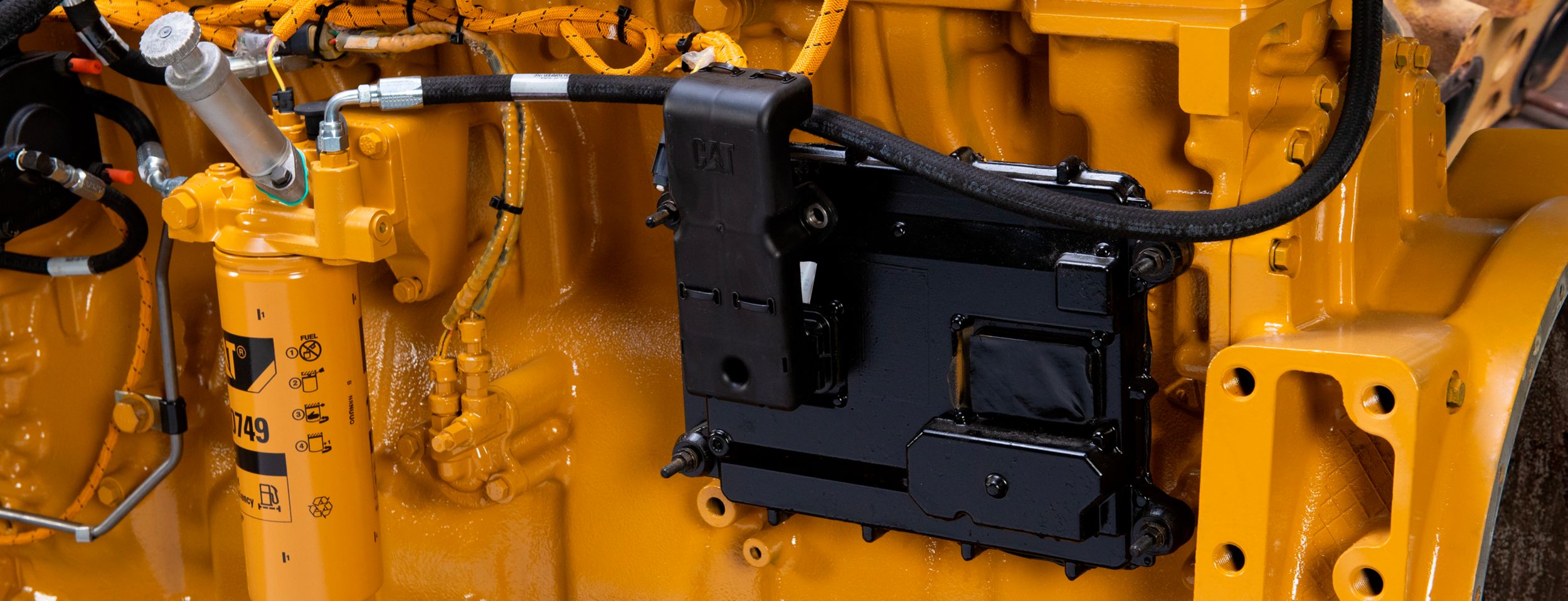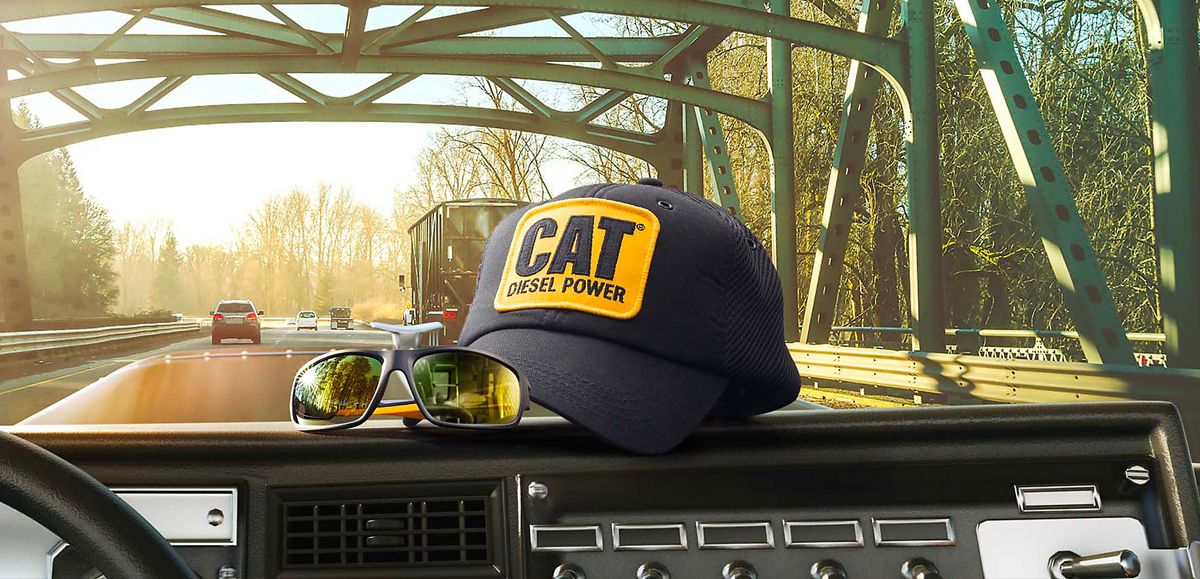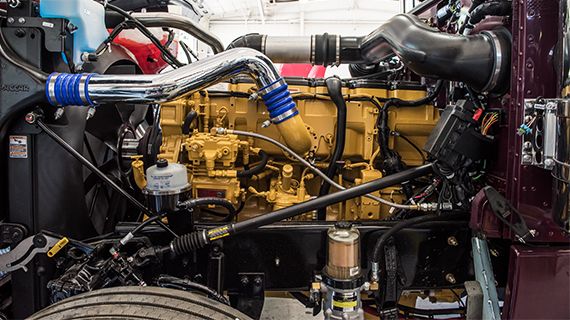

Sign In
Welcome! Sign In to personalize your Cat.com experience
If you already have an existing account with another Cat App, you can use the same account to sign in here
Register Now
One Account. All of Cat.
Your Caterpillar account is the single account you use to log in to select services and applications we offer. Shop for parts and machines online, manage your fleet, go mobile, and more.
Account Information
Site Settings
Security
Don’t Toss Your Truck’s Old Electronic Control Module
When most people hear the term “engine core,” they tend to think of mechanical parts like water pumps, alternators, starters and so on. But modern engines also rely on highly sophisticated electronic control modules (ECMs). And if you’re throwing out worn ECMs, you could be throwing away Cat® Reman core credit, too.
Estimated read time: 2 minutes
By Caterpillar | Posted: September 2024
Electronic control modules function as the brain of your on-highway truck engine. And since Caterpillar no longer manufactures brand-new truck engines, worn ECMs are important components for remanufacturing a Cat engine. Once a customer returns their used electronic control module to their Cat dealer, viable ECMs are salvaged and remanufactured. These Cat Reman ECMs help Cat on-highway truck engines deliver many more miles — and years — of reliable service.
What Does an ECM Do, and Where Do You Find It?
Think of your Cat on-highway truck engine ECM as a circuit board strapped to a scorching hot engine. In the course of a day, it is repeatedly exposed to dirt, grease, oil, water and heavy vibrations. These are exactly the kinds of conditions that would instantly kill most delicate electronic components.
Even in those conditions, ECMs are critical components for any engine. They are small electronic units that act as the nervous system of your truck’s engine. They provide continuous monitoring and data output for vehicle safety and functionality. And they help your truck work as hard as you do.
Cat ECMs are located on the side of the engine block. And there’s a good reason for that. Engine temperatures can easily get upwards of 200 degrees Fahrenheit (93 degrees Celsius). Putting the ECM on the side of the engine helps prolong its life by keeping it away from the hottest areas on the engine. Once it does reach the end of its life, though, it’s time to return it to Cat Reman.
And What Does Cat Reman Do With It?
Once the core is inspected and approved by your authorized Cat dealer, it’s sent to a processing facility where it is inspected further. If it’s viable, it will go to a Cat Reman facility.
The ECM is received and sorted, and then washed and sandblasted to remove excess dirt and paint. A barcode is applied to the ECM so that it can be tracked. And then it’s flashed and diagnosed so that it can be salvaged. Next, it gets repaired and validated, which involves technicians updating the software and upgrading components.
Finally, the ECM is inspected and put through a vibration test to make sure it can handle extreme on-highway operating conditions. At this point, it’s officially a Cat Reman part, so it gets a part number before being packaged and shipped to an authorized Cat dealer.
Can You Get Full Core Credit1 for an ECM?
Yes! Unfortunately, there’s a widespread myth out there that Caterpillar will not give full core credit for a worn-out ECM. But that’s just not true. In reality, Cat Reman can accept old ECMs in almost any condition. The only instances Caterpillar will not give a core credit for an ECM is if:
- The ECM has been damaged to the point that its internal components are visible.
- The ECM has suffered damage in a fire.
- The ECM has already been rebuilt by another company.
This video sums up the myths and truths of Cat Reman’s approach toward ECMs:
1Additional requirements apply. Contact your authorized Cat dealer for more information.

What Can You Do Next?
Your authorized Cat dealer can help you determine the core credit for an on-highway truck engine ECM. All you need to do is provide them with the part number for the component you’re returning. You can see it on the ECM outer surface. Simply give that number to your dealer, and they’ll figure out your ECM core refund.
So, stop tossing those ECMs and reach out to your authorized Cat dealer to find out just how much that old ECM is worth.


